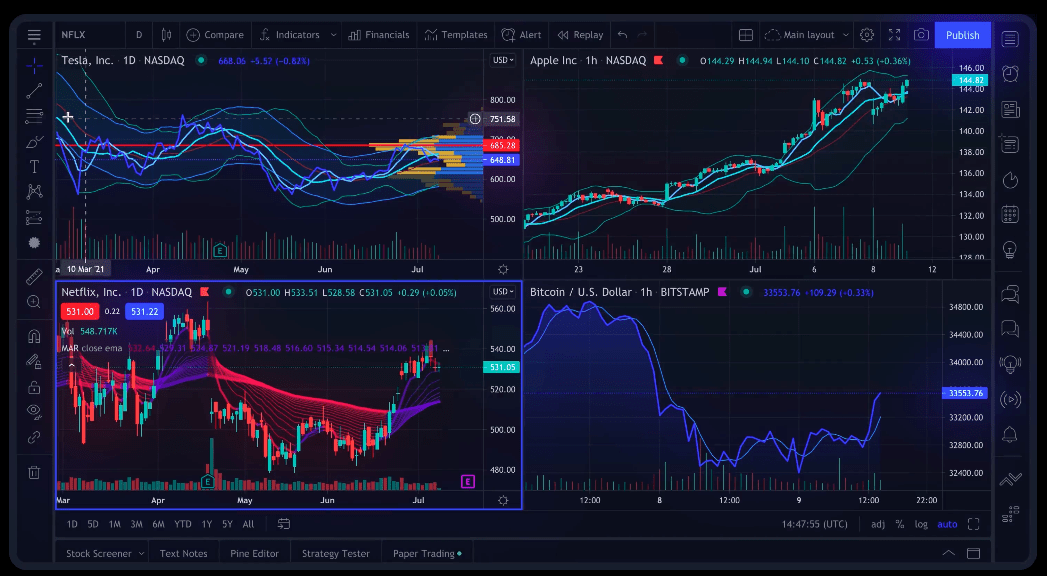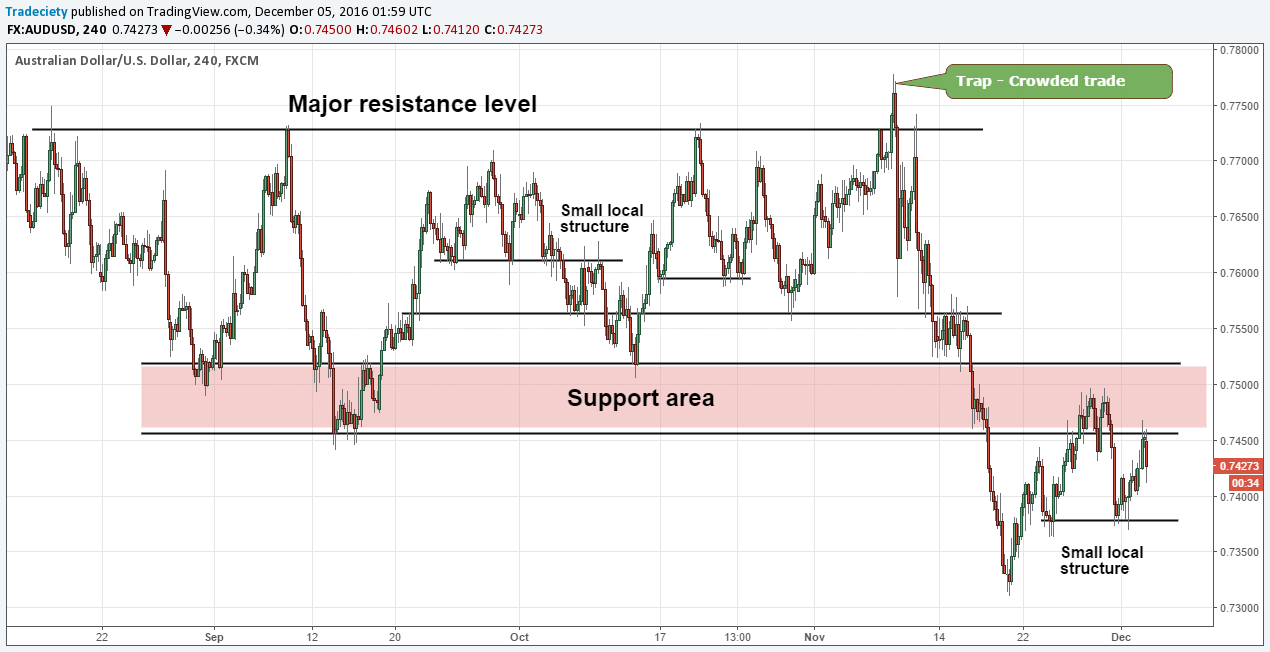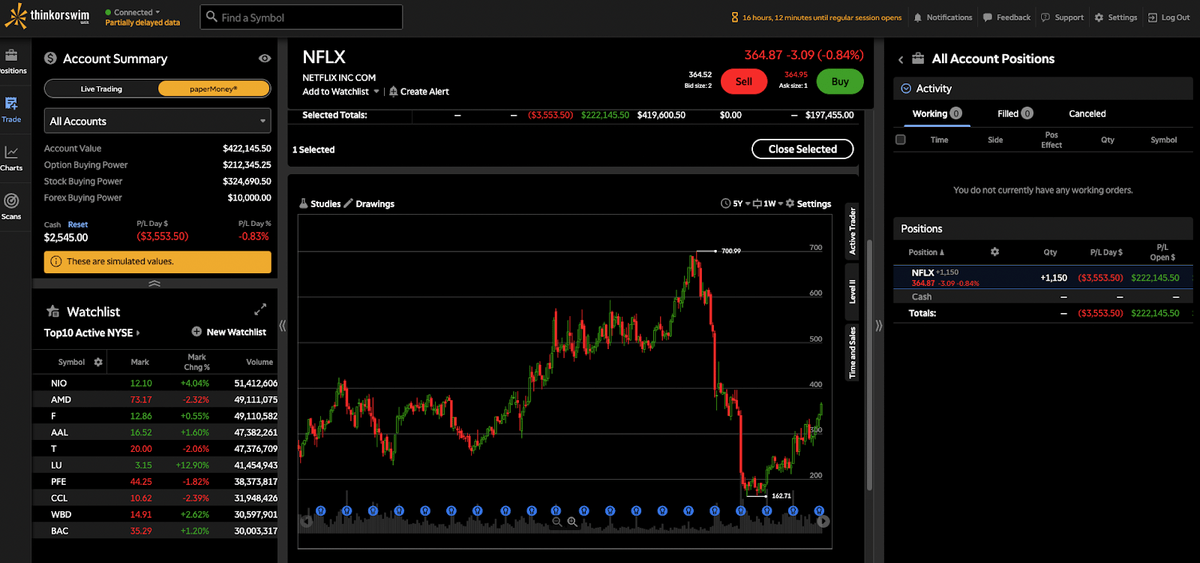In the realm of trading, success hinges upon the effective utilization of the right tools and software. These instruments empower traders with the analytical capabilities, market insights, and execution efficiency necessary to navigate the complexities of the financial markets. From charting platforms to data analysis tools, from risk management systems to algorithmic trading software, the arsenal of tools available to traders is vast and ever-evolving. Identifying and harnessing the essential tools and software is crucial for traders seeking to maximize their potential and achieve consistent profitability.
Essential Tools and Software for Successful Trading
Trading Platforms
Trading platforms are the foundation of your trading operations. They provide you with the necessary tools to place orders, monitor your positions, and analyze market data.
Here are some of the key features to look for in a trading platform:
| Feature | Description |
|---|---|
| Order types | Different order types allow you to control how and when your orders are executed. Look for platforms that support market orders, limit orders, stop-loss orders, and trailing stops. |
| Charting and analysis tools | Powerful charting tools are essential for technical analysis. Look for platforms that offer a variety of indicators, drawing tools, and charting styles. |
| Real-time data | Access to real-time price quotes and market data is crucial for making informed trading decisions. |
| News and research | Some platforms provide access to financial news, research reports, and market analysis, which can help you stay informed about market trends. |
| Mobile app | A mobile app allows you to manage your trades on the go. |
Market Data and Analysis Tools
Reliable market data and powerful analysis tools are essential for understanding market trends and making informed trading decisions.
| Tool | Description |
|---|---|
| Financial news websites | Stay up-to-date on market news and events. Bloomberg, Reuters, and MarketWatch are some popular options. |
| Economic calendars | Track upcoming economic releases, which can significantly impact market volatility. Investing.com and Trading Economics offer comprehensive economic calendars. |
| Technical analysis software | Software that allows you to identify trends, patterns, and support/resistance levels using technical indicators and charting tools. Popular options include TradingView, MetaTrader, and NinjaTrader. |
| Fundamental analysis tools | Software that provides financial data and metrics for companies, helping you evaluate their financial health and future prospects. Morningstar and Seeking Alpha are well-known resources for fundamental analysis. |
Risk Management Tools
Effective risk management is crucial for preserving your capital and maximizing your trading success. There are several tools that can help you manage risk.
| Tool | Description |
|---|---|
| Stop-loss orders | These orders automatically close your position when the price reaches a predetermined level, limiting your potential losses. |
| Position sizing calculators | These calculators help you determine the appropriate size of your trades based on your risk tolerance and account balance. |
| Risk management software | Specialized software that can monitor your positions, track your profits and losses, and provide alerts for potential risk events. |
What tools do traders need?
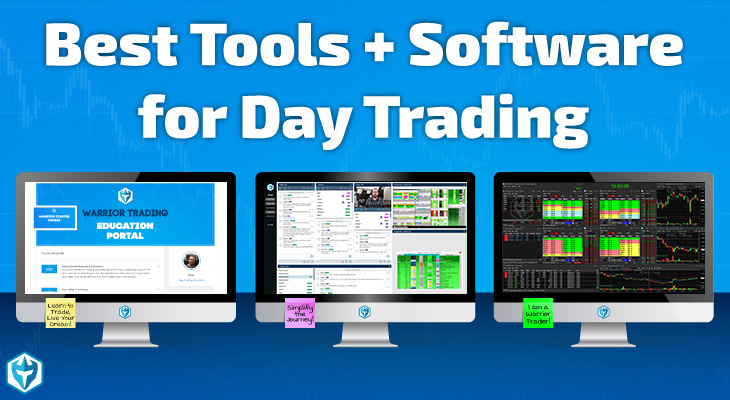
Trading Platforms
Trading platforms are the backbone of any trader’s operation. They provide a centralized hub for accessing market data, executing trades, and managing positions. These platforms can vary greatly in their features and complexity, catering to both beginner and seasoned traders. Some key features to look for in a trading platform include:
- Real-time market data: Access to up-to-the-minute price quotes and charts is essential for making informed trading decisions.
- Order execution: A reliable order execution system ensures that trades are placed and filled efficiently and accurately.
- Charting tools: Robust charting tools allow traders to visualize price action, identify patterns, and develop trading strategies.
- Technical indicators: A range of technical indicators helps traders analyze market trends and generate trading signals.
- News and analysis: Access to market news, analyst reports, and other relevant information provides traders with valuable context for their trading decisions.
Technical Analysis Tools
Technical analysis is a method of predicting future price movements by studying past price patterns and market data. Traders use a variety of technical analysis tools to identify trends, support and resistance levels, and potential trading opportunities. Some common technical analysis tools include:
- Moving averages: Moving averages are used to smooth out price fluctuations and identify trends.
- Relative strength index (RSI): The RSI is a momentum indicator that helps traders identify overbought and oversold conditions.
- MACD (Moving Average Convergence Divergence): MACD is a trend-following momentum indicator that helps traders identify potential buy and sell signals.
- Bollinger Bands: Bollinger Bands are a volatility indicator that helps traders identify periods of high and low volatility.
- Fibonacci retracement: Fibonacci retracement is a technical analysis tool that identifies potential support and resistance levels based on the Fibonacci sequence.
Fundamental Analysis Tools
Fundamental analysis focuses on understanding the underlying economic factors that drive market prices. Traders use fundamental analysis to identify companies with strong earnings potential, favorable industry trends, and sound financial management. Some tools used in fundamental analysis include:
- Financial statements: Analyzing financial statements, such as income statements, balance sheets, and cash flow statements, helps traders assess a company’s financial health and performance.
- Economic data: Tracking economic indicators, such as GDP growth, inflation, and unemployment rates, provides traders with insights into the overall health of the economy.
- Industry analysis: Understanding the competitive landscape and growth potential of a specific industry can help traders identify investment opportunities.
- News and events: Staying informed about industry news and events can help traders anticipate potential price movements.
- Analyst ratings: Analyst ratings and recommendations can provide additional insights into the market outlook for specific securities.
Which software is best for trading?
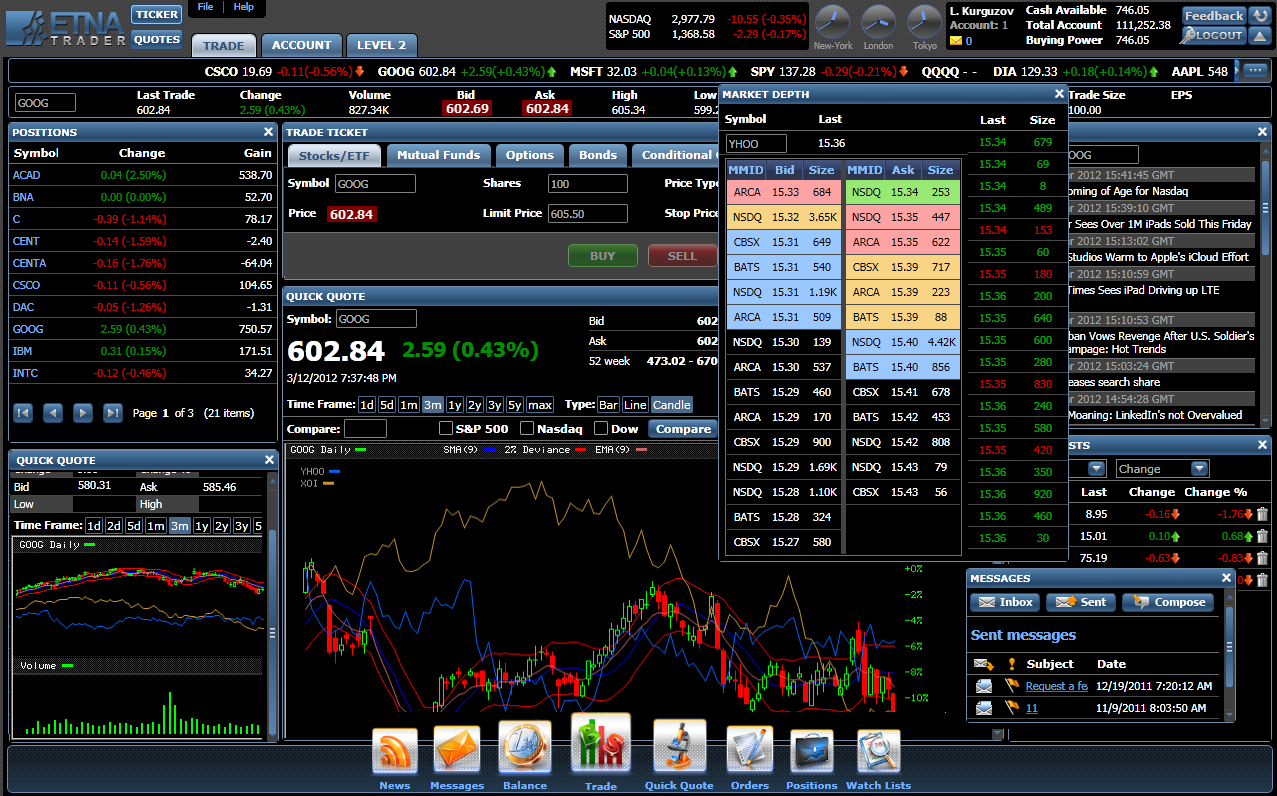
Choosing the Right Trading Software
The best trading software for you depends on your individual needs and trading style. There is no single «best» software, as each platform has its own strengths and weaknesses. Here are some factors to consider when choosing trading software:
- Your trading style: Are you a day trader, swing trader, or long-term investor? Different software platforms are better suited for different trading styles. For example, day traders might prefer a platform with real-time quotes, advanced charting tools, and order execution speed, while long-term investors might prioritize a platform with research tools and portfolio management capabilities.
- Your experience level: Beginners might benefit from a user-friendly platform with tutorials and educational resources, while experienced traders might prefer a platform with advanced features and customization options.
- Your budget: Trading software can range in price from free to thousands of dollars per year. Consider your budget and the features you need before making a decision.
- Your trading strategy: Do you use technical analysis, fundamental analysis, or a combination of both? Some platforms are better suited for certain types of analysis. For example, technical analysis traders might prefer a platform with advanced charting tools and indicators.
- Your investment goals: What are you trying to achieve with your trading? Some platforms are better suited for certain types of investments, such as stocks, options, futures, or forex.
Top Trading Software Platforms
Here are some of the most popular and highly-rated trading software platforms:
- TradingView: A popular platform for charting, technical analysis, and social trading. Offers a free version with limited features and paid plans with more advanced functionality.
- MetaTrader 4 (MT4): A widely used platform for forex trading. Known for its advanced charting tools, expert advisors (EAs), and customizable interface.
- MetaTrader 5 (MT5): An updated version of MT4 with additional features, including support for multiple asset classes. Offers a wider range of trading instruments and order types.
- Thinkorswim: A popular platform offered by TD Ameritrade, known for its robust charting tools, backtesting capabilities, and paper trading feature.
- NinjaTrader: A platform popular with day traders and scalpers, offering advanced charting tools, real-time market data, and a wide range of indicators and strategies.
- Interactive Brokers: A platform known for its low commissions, global reach, and wide range of investment products. Offers a comprehensive suite of trading tools and research resources.
- ETRADE: A popular platform for online trading, offering a user-friendly interface, research tools, and mobile trading capabilities.
- Fidelity: A well-respected brokerage firm offering a platform with a wide range of investment products, research tools, and educational resources.
Features to Consider in Trading Software
Here are some of the most important features to consider when choosing trading software:
- Charting tools: Look for a platform with robust charting tools, including various technical indicators, drawing tools, and customizable layouts.
- Order execution speed: Especially important for day traders, this feature ensures that orders are executed quickly and efficiently. Look for a platform with fast order execution speed and low latency.
- Real-time market data: Important for staying up-to-date on market movements. Look for a platform that offers real-time streaming quotes and market data.
- Research tools: Helpful for making informed trading decisions. Look for a platform that offers market news, analyst ratings, fundamental data, and other research tools.
- Backtesting and strategy testing: Allows you to test your trading strategies on historical data before using them in live trading. Look for a platform with backtesting capabilities and a simulator.
- Portfolio management: Helps you track your investments, monitor your performance, and manage your risk. Look for a platform with portfolio management tools, such as position tracking, profit/loss reporting, and portfolio analytics.
- Security features: Important for protecting your account and your funds. Look for a platform with strong security features, such as two-factor authentication, encryption, and fraud detection.
- Customer support: Look for a platform with responsive and helpful customer support. You should be able to reach out to them easily and get the assistance you need.
What does every trader need?
A Trading Plan
Every trader needs a solid trading plan to guide their decisions and keep them on track. This plan should outline your trading goals, risk tolerance, and investment strategy. It should also include rules for entering and exiting trades, managing risk, and dealing with emotions.
- Define your trading goals: What are you hoping to achieve with your trading? Do you want to generate income, grow your capital, or simply learn about the markets?
- Determine your risk tolerance: How much risk are you willing to take on? This will help you decide how much capital to allocate to each trade and what types of investments are appropriate for you.
- Develop a trading strategy: This is your plan for how you will make trading decisions. It should include details on your entry and exit points, as well as your risk management strategies.
Knowledge and Skills
Successful trading requires a solid foundation of knowledge and skills. You need to understand the fundamentals of the markets, how to analyze charts and data, and how to manage your emotions. Continuous learning and development are essential for staying ahead in the ever-changing trading landscape.
- Market knowledge: You need to understand how different markets operate, the factors that influence prices, and the risks involved in trading them.
- Technical analysis skills: Technical analysis involves studying price charts and data to identify patterns and trends that can be used to predict future price movements.
- Emotional control: Trading can be stressful, and emotions can easily cloud your judgment. You need to be able to control your emotions and make rational trading decisions.
Trading Tools and Resources
Traders need access to the right tools and resources to make informed decisions and execute trades effectively. This includes things like a reliable trading platform, market data, and research tools.
- Trading platform: A trading platform is software that allows you to place trades, track your positions, and access market data.
- Market data: You need access to real-time and historical market data to make informed trading decisions.
- Research tools: These tools can help you analyze market trends, identify trading opportunities, and stay up-to-date on market news and events.
What platform do professional traders use?

Professional traders use a variety of platforms, but some of the most popular choices include:
Trading platforms: These platforms provide access to real-time market data, charting tools, order execution, and other features essential for trading. Some popular options include Bloomberg Terminal, Reuters Trading Platform, Interactive Brokers, and NinjaTrader.
Brokerage platforms: These platforms offer access to a wide range of financial instruments, including stocks, bonds, futures, and options. Some popular options include TD Ameritrade, Fidelity, and Charles Schwab.
Proprietary trading platforms: Some hedge funds and other professional trading firms develop their own proprietary platforms that are specifically tailored to their trading strategies and needs.
What features do professional trading platforms offer?
Professional trading platforms offer a wide range of features, including:
Real-time market data: Access to up-to-the-minute market data is essential for making informed trading decisions.
Advanced charting tools: Professional traders use charting tools to identify trends and patterns in the market.
Order execution: Professional trading platforms offer fast and reliable order execution.
Advanced order types: Professional traders use advanced order types to manage their risk and maximize their profits.
Technical analysis tools: Professional trading platforms offer a variety of technical analysis tools to help traders identify trading opportunities.
Fundamental analysis tools: Professional trading platforms may also offer fundamental analysis tools to help traders assess the financial health of companies.
News and research: Access to real-time news and research is essential for making informed trading decisions.
What are the benefits of using professional trading platforms?
There are a number of benefits to using professional trading platforms, including:
Advanced features: Professional trading platforms offer a wide range of features that are not available on retail trading platforms.
Faster execution speeds: Professional trading platforms offer faster order execution speeds than retail trading platforms.
Greater flexibility: Professional trading platforms offer greater flexibility in terms of order types and trading strategies.
Better customer support: Professional trading platforms typically offer better customer support than retail trading platforms.
Access to exclusive insights: Some professional trading platforms offer access to exclusive insights and research.
Frequent questions
What are the essential tools for successful trading?
The essential tools for successful trading fall into two main categories: hardware and software.
Hardware refers to the physical equipment you need to access the market and execute trades. A reliable computer with a fast internet connection is essential. You might also consider a second monitor to keep an eye on charts and other data while you work.
Software is the brain behind your trading operation. The most important software is a trading platform. These platforms offer a range of features, including real-time quotes, charting tools, order execution capabilities, and analytical tools. Choose a platform that suits your trading style and level of experience.
Beyond the basics, there are a number of other tools that can enhance your trading success. These include:
Market scanners: Identify trading opportunities based on pre-defined criteria.
Technical analysis software: Generate trading signals based on chart patterns and indicators.
Fundamental analysis tools: Access financial news, economic data, and company reports to inform your trading decisions.
Risk management software: Help you define and monitor your risk parameters.
What are the best trading platforms?
The best trading platform for you will depend on your specific needs and preferences. However, some of the most popular and highly-rated platforms include:
MetaTrader 4 (MT4): A widely used platform with a wide range of features, including advanced charting, automated trading capabilities, and a large community of users.
MetaTrader 5 (MT5): A more advanced version of MT4 with improved features and functionality.
TradingView: A popular platform for charting and technical analysis. It offers a free version with basic features and paid plans with more advanced features.
NinjaTrader: A powerful platform that caters to more experienced traders. It offers a range of features, including advanced order types, market depth analysis, and automated trading capabilities.
Thinkorswim: A popular platform offered by TD Ameritrade. It offers a wide range of features, including a comprehensive charting package, advanced order types, and a paper trading account.
What software is essential for technical analysis?
Technical analysis software is essential for traders who rely on chart patterns and indicators to make trading decisions. These programs can generate trading signals, track trends, and identify potential support and resistance levels.
Some of the most popular technical analysis software includes:
TradingView: Offers a wide range of technical indicators and drawing tools.
MetaTrader 4/5: Includes a comprehensive library of technical indicators and charting tools.
NinjaTrader: Features a powerful charting package with customizable indicators and strategies.
StockCharts.com: A specialized platform for technical analysis with a focus on charting and historical data.
TradeStation: A powerful platform with advanced charting tools and technical analysis features.
What are some tips for choosing the right software for your trading needs?
Choosing the right trading software is critical to your success. Here are some tips to consider:
Define your trading style: Are you a day trader, swing trader, or long-term investor? Different platforms cater to different trading styles.
Consider your budget: Some platforms offer free versions with limited features, while others require a paid subscription.
Look for a user-friendly interface: You need a platform that is easy to navigate and understand.
Test the platform with a demo account: Most platforms offer a free demo account that allows you to try out the software before committing to a paid subscription.
Read reviews and compare features: See what other traders are saying about different platforms and compare features before making a decision.

